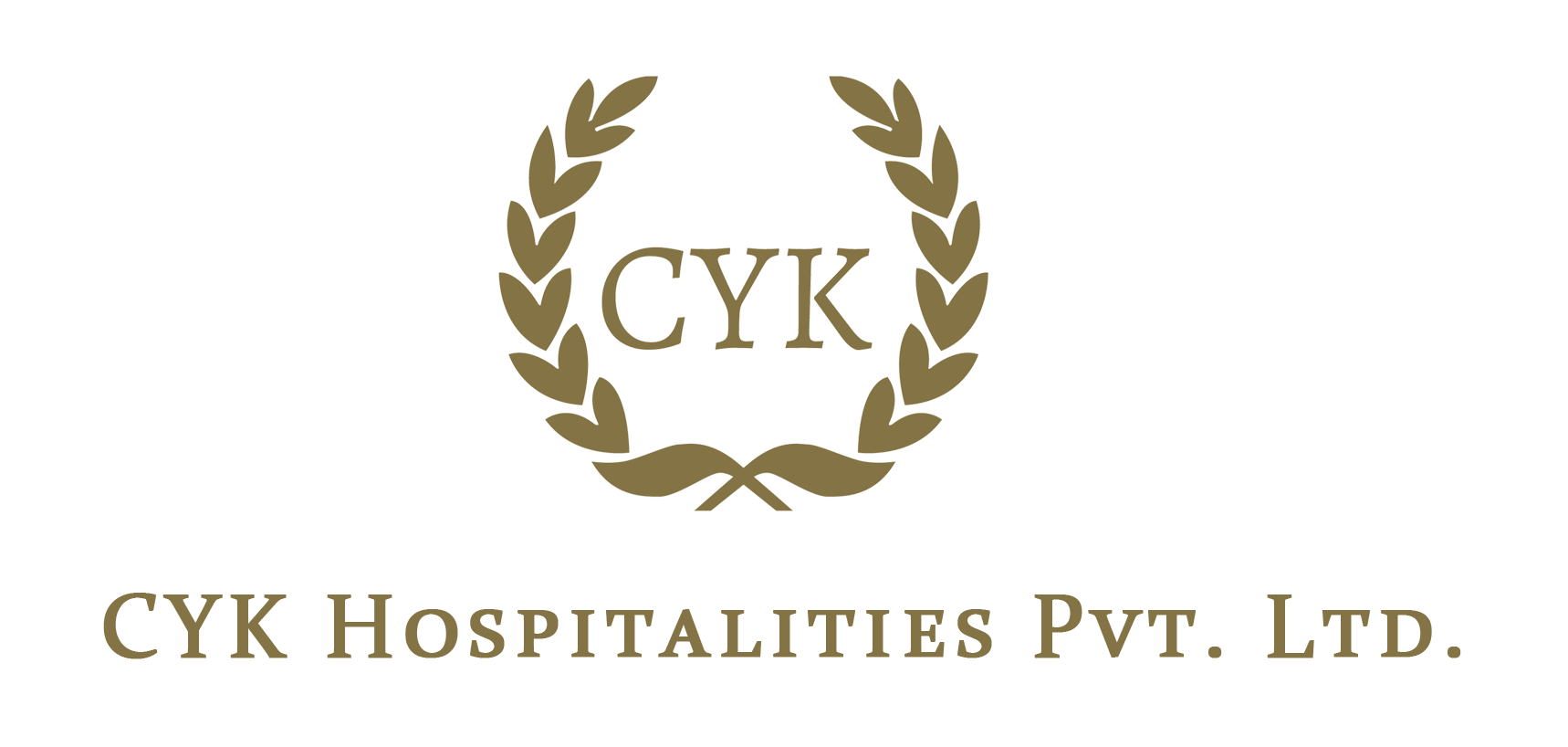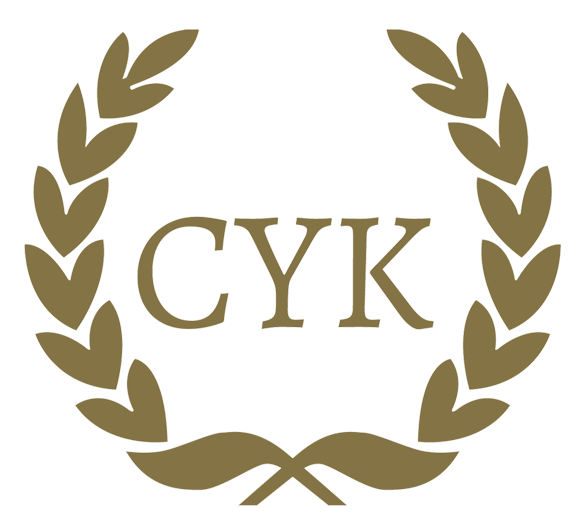
28 Sep The Knife Anatomy
The knife is one of humanity’s oldest and most versatile tools, used for everything from hunting and cooking to crafting and self-defense. Over the centuries, countless variations of knives have been developed to suit different purposes and preferences, each with unique characteristics and features.
Along with other evolutions in the culinary industry, there have been significant changes with the knives used, which have now given birth to countless varieties of knives, each designed to perform specific tasks and suited to specific preferences or culinary traditions. A few common varieties of knives include a chef’s knife, paring knife, bread knife, carving knife, boning knife, cleaver, fillet knife, Japanese knife, and santoku knife.
At the heart of every knife, however, lies a basic anatomy that defines its form and function. Understanding the anatomy of a knife is essential for selecting the right tool for the job, using it safely and effectively, and maintaining its functionality and longevity. In this article, we will explore the key components of a knife, from the blade and handle to the tang and bolster. By understanding the function of each part of the knife and its relationship to the whole, you can deepen your appreciation for this remarkable tool and become a more skilled and confident wielder of the blade.
The anatomy of a knife includes the following components:
- Blade: The flat, sharp edge of the knife that does the cutting.
- Point: The tip of the blade, used for piercing and delicate cutting.
- Edge: The sharp part of the blade that is used to cut the material.
- Spine: The back of the blade that runs parallel to the edge and can be used for tasks that require pressure, such as chopping.
- Handle: The part of the knife that is used to grip and hold it, typically made of wood, plastic, or metal.
- Tang: The part of the blade that extends into the handle.
- Bolster: The thick band of metal where the blade meets the handle, used for balance and control.
- Heel: The base of the blade nearest to the handle that is used for tasks like slicing and chopping vegetables.
- Butt: The end of the handle that is opposite the blade.
- Serrations: Small, saw-like teeth along the blade used for cutting through tough or hard materials.
By understanding the purposes of each part of the knife, you can select the right knife for the task at hand and use it in a way that maximizes its efficiency and durability. Proper care and maintenance of your knives, including sharpening and honing, can also help to ensure that they perform well over time and remain safe to use.
Overall, the anatomy of a knife is a fascinating subject that combines both craftsmanship and science. By appreciating the intricacies of knife design and construction, you can deepen your understanding of the tools at your disposal and enhance your skill and precision in the kitchen or wherever you use a knife.



No Comments